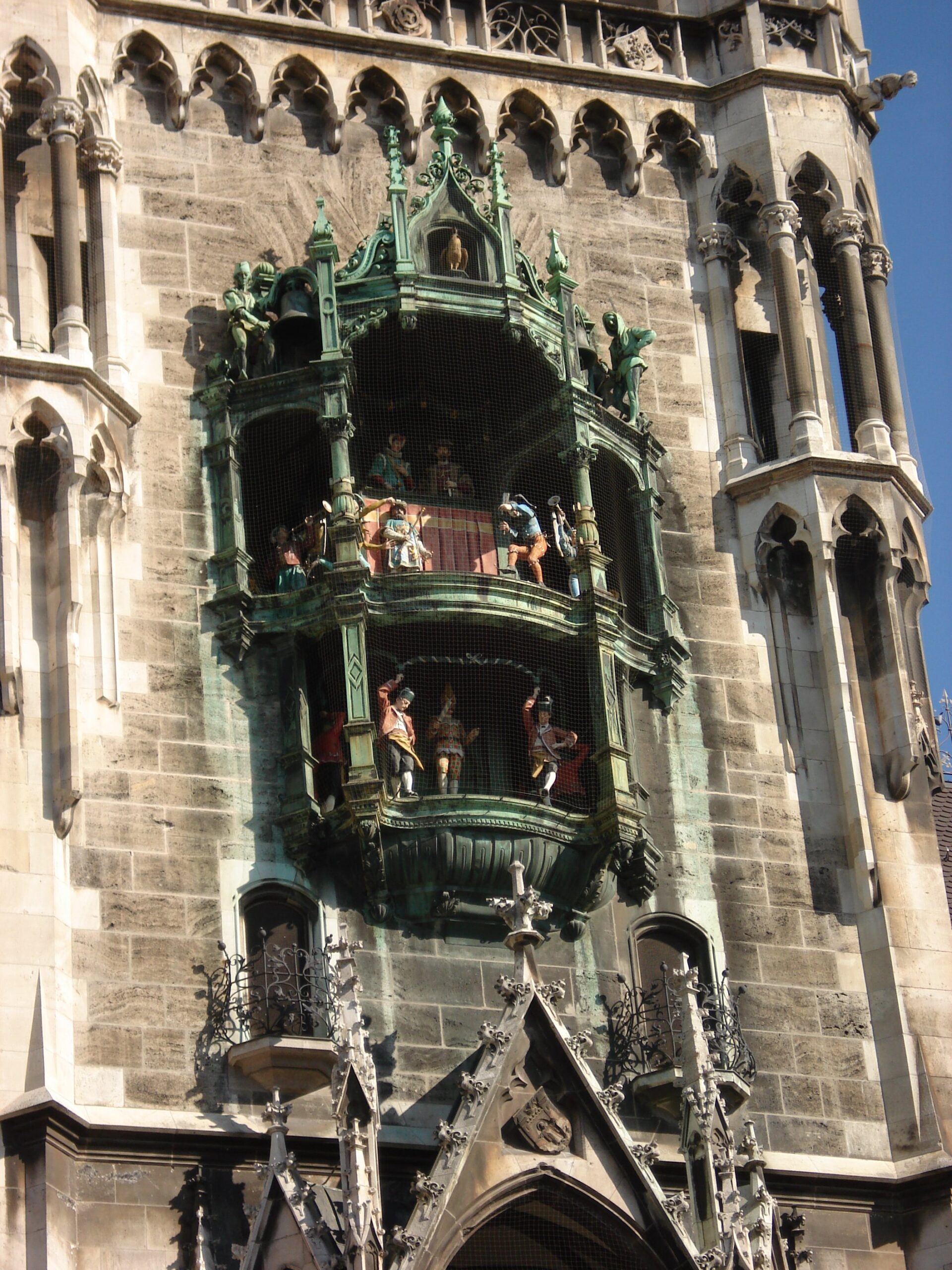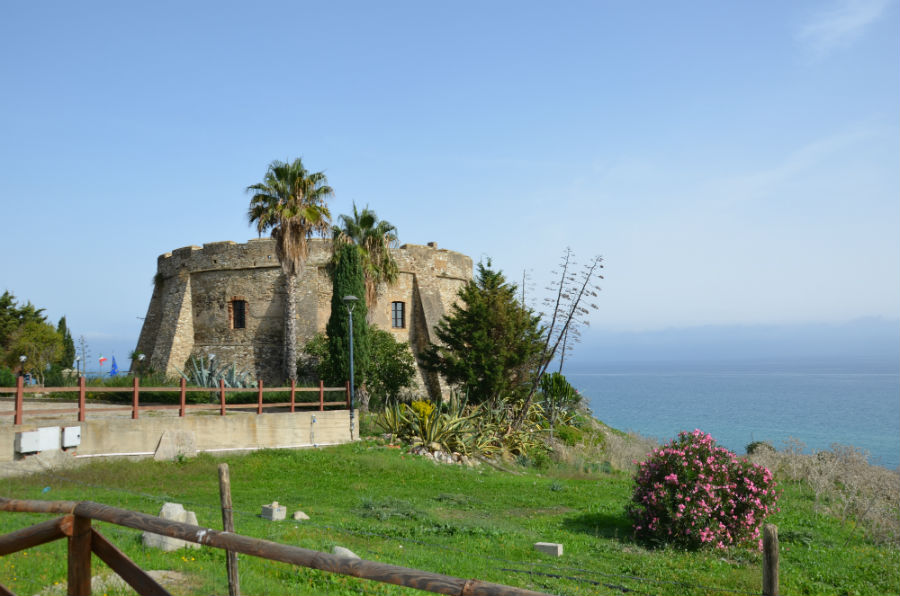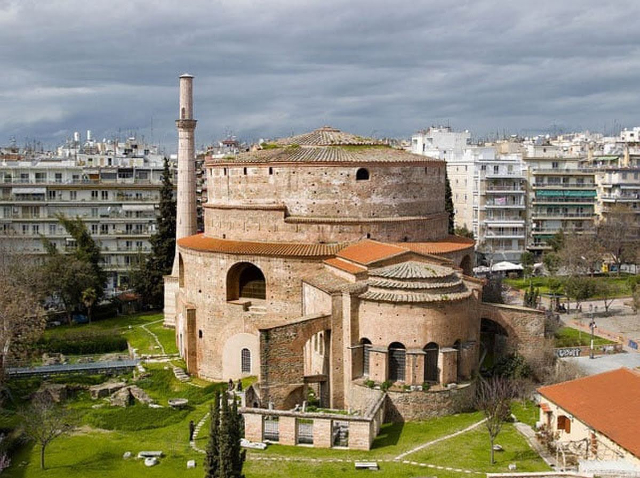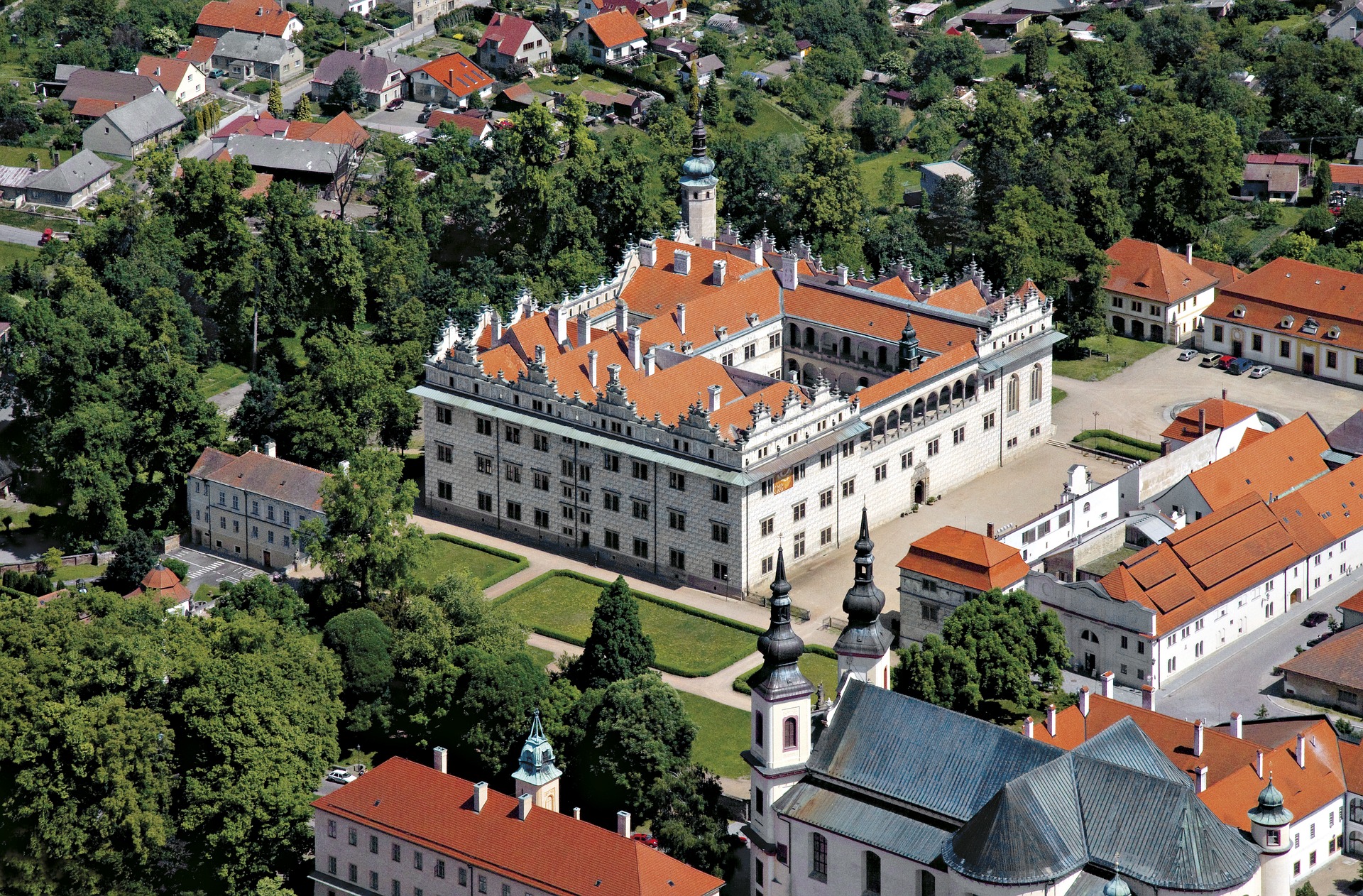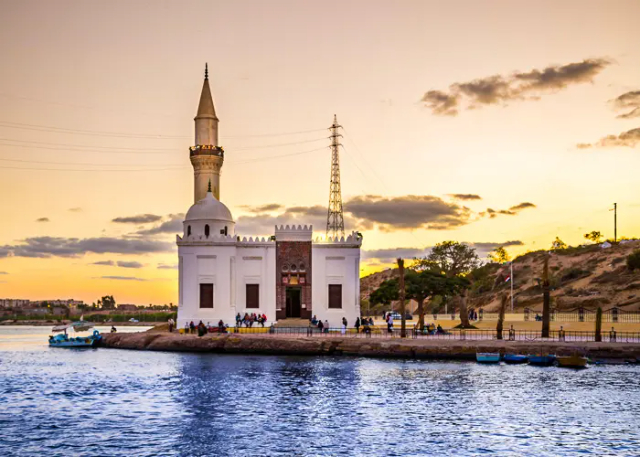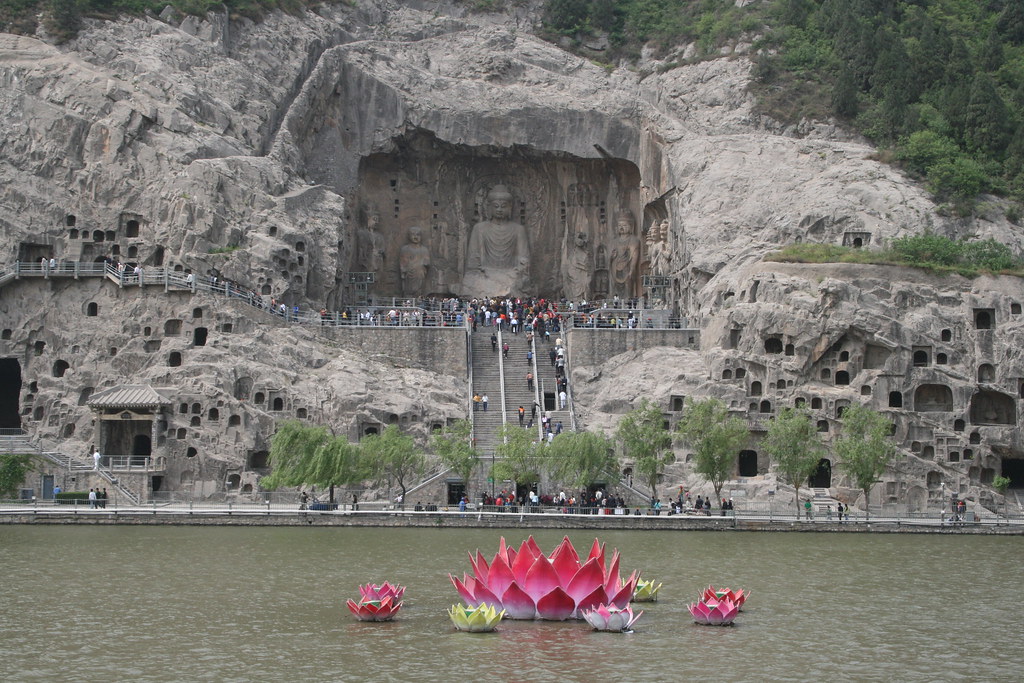Since the Middle Ages, the grain and salt market has been held here, and today, although only for a month, Marienplatz once again hosts a market, the Christkindlmarkt (Christkindlmarkt), from the end of November to December 24.The atmosphere is truly magical with the large fir tree lit up with white lights, stalls selling decorations, typical handicrafts and local food products, and the oldest Christmas melodies ringing out daily at 5:30 p.m. from the balcony of City Hall.
Since the Middle Ages, grain and salt markets have been held here, and today, even if only for a month, Marienplatz once again hosts a market, the Christkindlmarkt (Baby Jesus Market), from the end of November to December 24.The atmosphere is truly magical with the large fir tree lit up with white lights, stalls selling decorations, typical products of local crafts and gastronomy, and the oldest Christmas melodies that resound daily at 5:30 p.m. from the balcony of City Hall.
The carillon is operated according to this ceremonial: first the tower bells start to announce the new hour, then the carillon melody starts, the characters on the upper floor begin to move, and when they return to their stillness the dancers on the lower floor start; at this point almost everyone leaves but the show is not over yet: the golden rooster placed at the top of the carillon flaps his wings, moves his head and sings three times.
At 9 p.m., the small oriels located on either side of the carillon light up, a night sentinel playing the horn appears, and an angel blesses the Münchner Kindl (the nunnery) to the sound of a short lullaby. In Munich it is said that the monkl is carried off to bed, thus wishing the city a good night.
In the middle of the square stands the Mariensäule: a marble column, embellished at the base by four 17th-century cherubs, supports the gilded bronze statue of Our Lady, Bavaria’s patron saint, erected in 1638 by Elector Maximillian I as thanks for the city’s liberation from the Swedes during the Thirty Years’ War.
Note the Alte Rathaus (Old Town Hall) built in the late 1400s by architect Jörg von Halsbach, who in the same years directed the construction of the Frauenkirche: the tower houses an interesting toy museum. In the 19th-century Fischbrunnen (fish fountain) it is a tradition for Munichers to rinse their wallets on Ash Wednesday. It is said to bring good luck.
